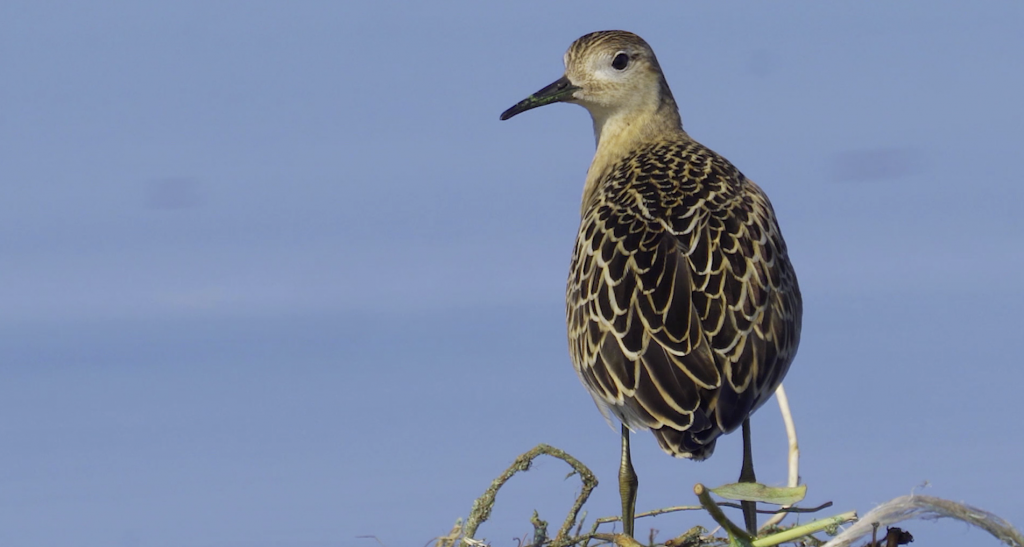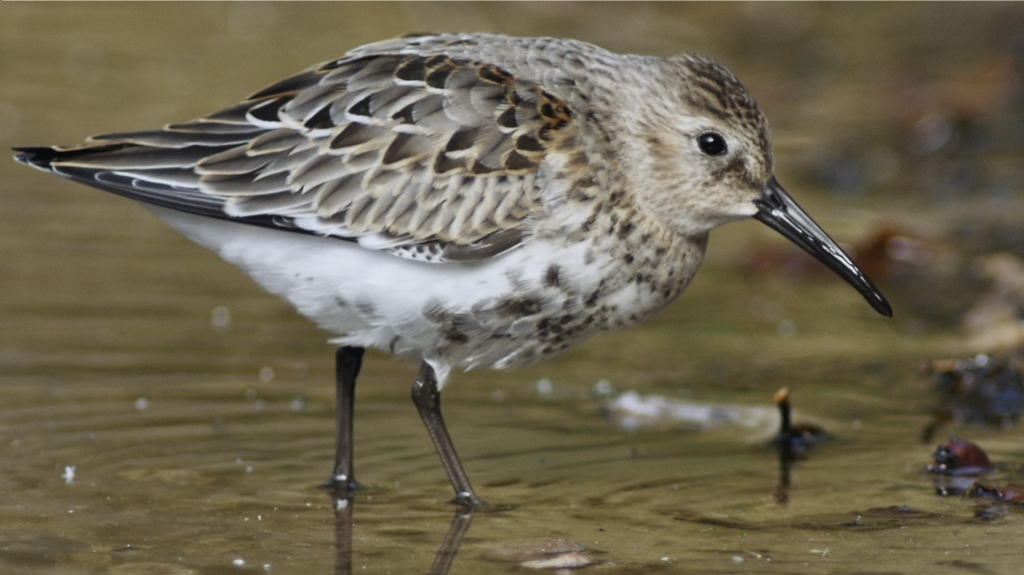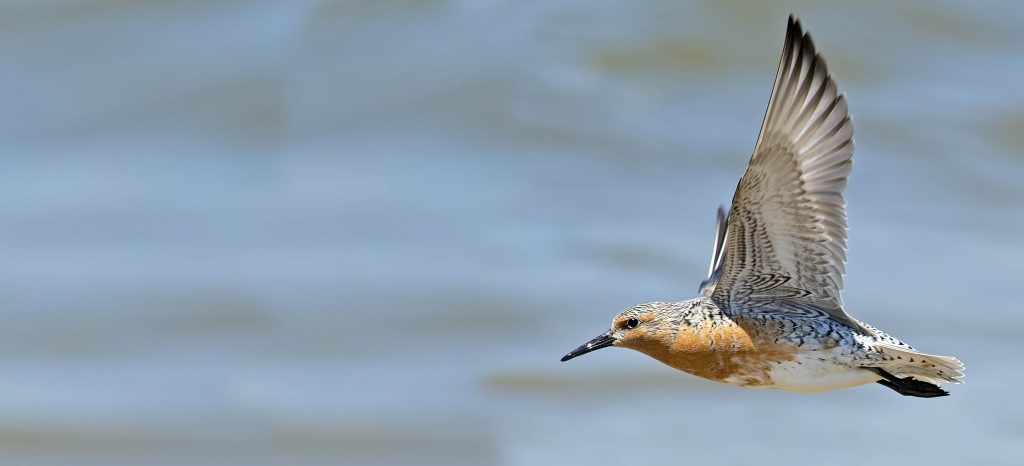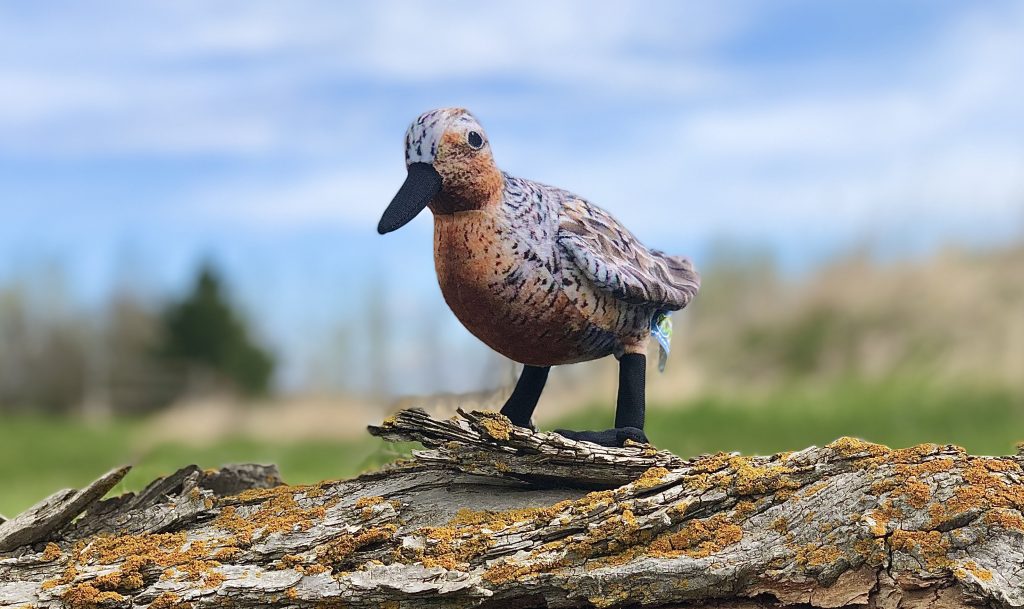It’s almost May 9th, and you know what that means, right? Wild Migratory Bird Day is approaching, one of our favourite days of the year here at Earth Rangers!

That’s because on this day, several projects around the world occur to help connect people to bird conservation, something that’s very important to us. This year at Earth Rangers, we decided to focus on the Red Knot– a sandpiper bird that is known for its amazingly long migratory journeys around the world. Unfortunately, they’ve declined a great amount in the Americas mainly due to human activity, but we’re hoping to fix that – and we’ll show you how.

You see, these spectacular creatures start their lives off up north when it’s nice and sunny during the summer months. They nest up there until their little hatchlings break out of their eggs, and then begin the preparations for their migratory journey! The chicks are taught how to fly as they are fueled up by the great food supply up north. Red Knots are omnivores, which means they like to eat many different kinds of plants and animals. They prefer, however, things like mussels, crabs, spiders, berries, and whatever else they have easy access to in their habitats. They need to be nice and energized for their long voyages.
But what makes the Red Knot so special is the fact that they have one of the longest migration journeys than any other bird! That’s right, every year they travel around 15 000 km from the Arctic all the way to South America (Canadian Geographic: 2013). How amazing is that? Of course, they do make stops along the way, and one very popular spot is Delaware Bay. In fact, nearly 90% of the entire Red Knot subspecies Rufa can be found in Delaware Bay in a single day (The Cornell Lab)! That’s because there is a rich population of horseshoe crabs, and one treat the Red Knots adore are Horseshoe crab eggs. But unfortunately, heavy harvesting of these crabs have made this site see a great decline in Red Knot visitors, as their main food source is no longer available.

Overharvesting isn’t the only problem that migratory birds face. Climate change has one of the biggest impacts on bird migration journeys because it triggers all the wrong environmental cues. Birds rely heavily on their physical environment to determine when they should begin their journey, particularly seasons. With climate change getting worse and worse, the birds don’t know how to distinguish between the seasons. And therefore, begin migrating at the wrong times. When this happens, they arrive at their stopovers with an insufficient amount of food to sustain them for the rest of their journey. Since animals and plants make an appearance seasonally, the birds aren’t catching them on time and become at risk of starvation. They also must face new predators, parasites, and competitors that they are not adapted to, making the odds not very much in their favour.

Deforestation is also one of the biggest challenges the migratory birds face. Despite them already losing much of their resources throughout their journey, they rely on the forests of South America to settle down and reenergize them. But what if they have traveled thousands of kilometers only to find that their winter grounds are no longer their? Deforestation happens for several reasons, usually because humans need the land for its resources or to make room for human activities. But birds need the complex ecosystems of these forests to sustain themselves for the entire winter before they migrate up north again. By then, they would have used up all of their energy, lost a decent amount of their body weight, and are now left in an environment where they can’t get any of that back. It’s a sad story. But luckily, the Earth Rangers are here to help. We have partnered with the International Conservation Fund of Canada (ICFC) to understand how we can better protect the stopover grounds of migratory birds. We are focusing on one very popular stopover for the Rufa Red knot, which is the Bahia San Antonio habitat in Argentina. With the help of Argentinean researcher Patricia Gonzalez along with Fundación Inalafquen and the Provincial Environmental Rangers, we are working to remarkably reduce the impacts of disturbance in that site, while increasing public awareness of this habitat. Shorebird conservation needs are being classified as a priority to the province now, while we continue to promote their importance to the population! In fact, there is even an annual shorebird festival that happens during the peak migration period that involves the whole community!

With these efforts, we hope to see a big part of the Red Knots population making their way back to the Bahia San Antonio stopovers, in hopes that the other provinces with popular stopovers will follow.
But what can you do to help, you ask? Well, this project can use your support by adopting one of our plushies!

These adoptions can help protect this important habitat and reduce much of the human impact going on there. You can either adopt a Red Knot plushy, or even a Sea Lion plushy, since Sea lions equally use that habitat to bask in the sun, rest, and have their babies. So why not celebrate this World Migratory Bird Day by adopting a plushy and making a difference? All of the migratory birds and sea lions would really appreciate it. Help support this project and earn points to level up on your Earth Rangers Journey by visiting the Adoptions page in the App today!

Cool can I join
Want to chat?
I will do Anything to help animals it is the a same for this little guy
Red knots are so important! We have to help them!
I will join
I am so going to join
I’m in
We gotta help them!
Just one tree is perfect
They are really cool birds!